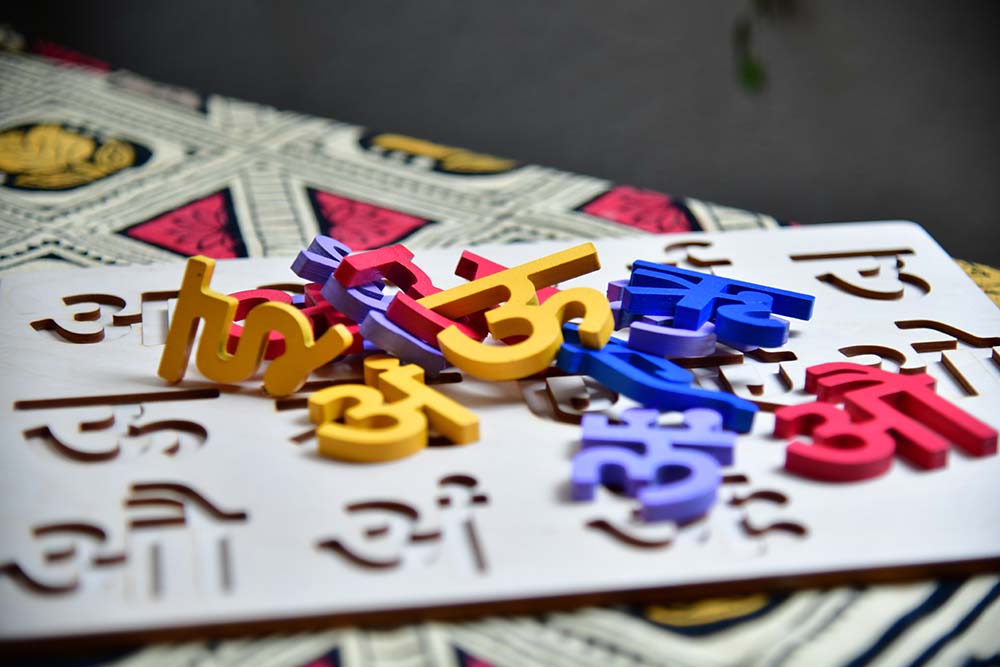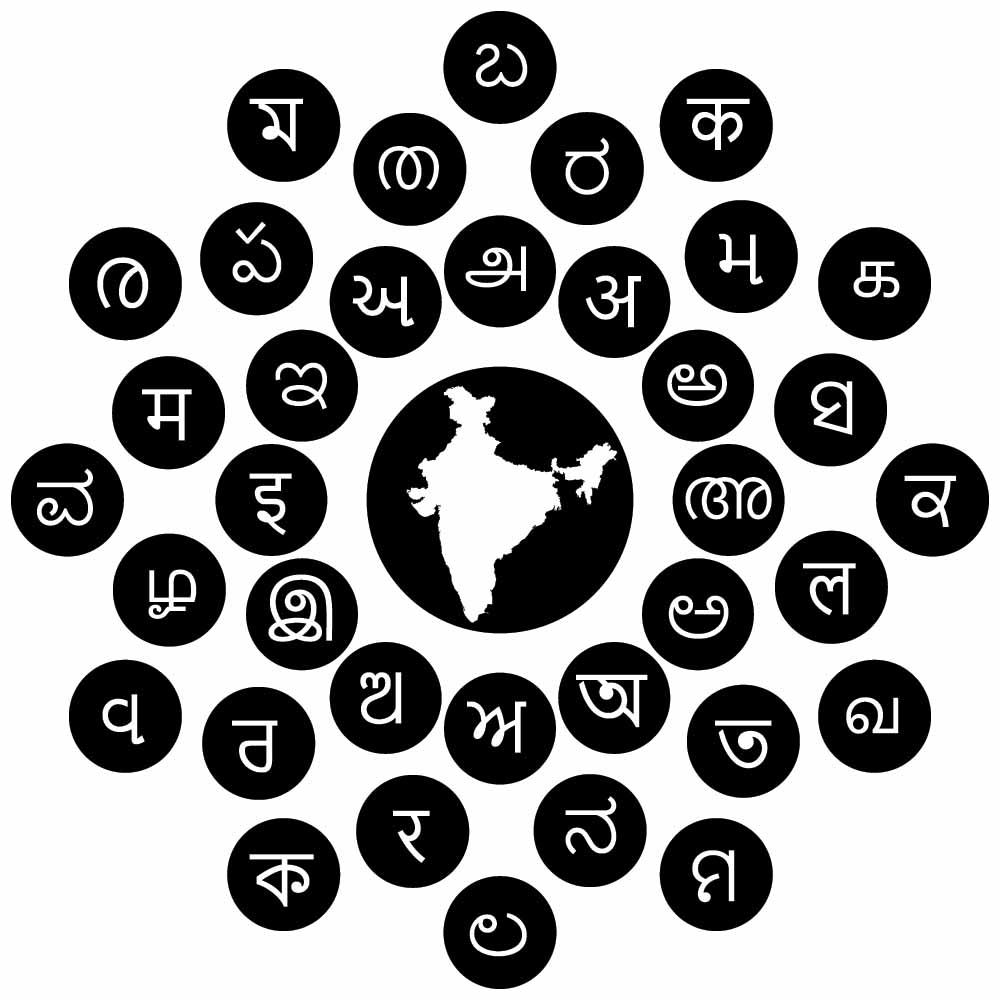In India, languages vary greatly as you travel, with new dialects popping up roughly every 11 kilometers. This diverse linguistic landscape reflects the country's rich identity. However, not all languages have survived the changes over time and government policies.
UNESCO recognises India as one of the world's most linguistically diverse nations, with over 19,500 languages or dialects spoken as mother tongues, yet only 121 languages boast populations of 10,000 or more.
Since the 1971 Census, the Indian government has excluded any indigenous language spoken by fewer than 10,000 people from its list of official languages, aligning with UNESCO's classification of such languages as potentially endangered. Hence, only languages spoken by populations exceeding this threshold have been accounted for, resulting in the removal of 108 languages from the official list.

UNESCO categorises endangered languages into various stages, ranging from "Vulnerable" to "Extinct," based on their usage patterns and generational transmission.
Five tribal languages in India are on the verge of disappearing, according to linguistic experts. Among these endangered languages, Majhi, spoken in Sikkim, faces the greatest threat. A study by the People’s Linguistic Survey of India reveals that only four individuals, all from the same family, still speak Majhi.
Similarly, the languages Mahali in eastern India, Koro in Arunachal Pradesh, Sidi in Gujarat, and Dimasa in Assam are also at risk of extinction. UNESCO has recently classified Asur, Birhor, and Korwa as endangered languages, with Birhor being labeled as "Critically Endangered" due to having only 2,000 speakers remaining.

What are the causes behind the endangerment of languages?
Majority Dominance: Often, the dominant community imposes its language on minority groups as a symbol of superiority. Centuries of tribal warfare, for instance, have led to the loss of identity and language for tribes like the Tarao, now spoken by only around 850 people in Manipur.
Colonisation: Some experts argue that colonial rulers imposed their foreign language and culture on colonized populations, neglecting the preservation of native languages.
Government Neglect: Languages are at risk when governments fail to support them through cultural institutions, public libraries, education, and administration.
Globalization: The prevalence of multinational corporations has made English a universal language, undermining the use of indigenous languages. Additionally, the spread of a global culture influenced by the West poses a threat to local languages and cultures.
Migration: Economic pressures often force people to move to new areas, resulting in the erosion of their native language and culture. For instance, when people from the Konkan region migrate to Mumbai for employment, subsequent generations may adopt languages like Bambaiya Hindi or Marathi, diminishing the usage of their native tongue.

Preserving languages isn't just about saving words; it's about keeping our identities and histories alive. It's urgent that we protect endangered languages to maintain the diversity of human culture and ensure that no voices are lost.